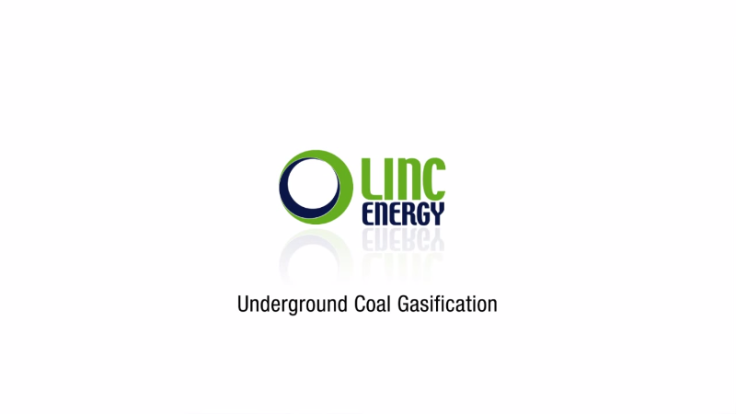Secret gov't report: Linc Energy willfully conducted coal gasification trials at Chinchilla, ignored catastrophic effects

According to secret state government report, one of the prime agricultural lands in southeast Queensland covering hundreds of square kilometres is believed to be at risk due to an experimental plant set up by the mining company Linc Energy at Chinchilla. The experimental plant is believed to have caused severe damages resulting from the mixture of toxic chemicals and explosive gases.
The region, which was once a fertile part of the Western Darling Downs used for growing wheat, barley and cotton and for cattle grazing, with some organic producers, has turned into a barren land with toxic levels beyond control.
In response, the department launched a AU$6.5 million criminal prosecution of the company. The department alleged that Linc Energy has undermined the health conditions of the former workers as the plant has the ability to bring about consequential damages to the lives as well as "serious environmental harm.”
The 335-page experts' report, which has been obtained by ABC , was not shown to the land holders but was only disclosed to Linc. The report said the gases, which the coal gasification plant had emitted, permanently eroded its fertility and led to the acidification of the soil near the site.
It also showed excess level of hydrogen concentration in the soil and abnormal amounts of methane over a wide range of area. Cancer-causing benzene at explosive levels was also found at the site.
Other document revealed that four departmental investigators had to be hospitalised back in March while conducting a soil test at the site. "My nausea lasted for several hours. I was also informed by the treating doctor that my blood tests showed elevated carbon monoxide levels (above what was normal)," one of the investigators said.
For now, landholders have been prohibited from digging in 300 square-kilometre zone.
An investigation led by consultants Gilbert & Sutherland with help from scientists at the University of Queensland found that contaminants from the experimental plants were released into water, air and soil due to mismanagement of underground coal seams burning. They found high levels of carcinogens, which is a highly volatile organic compound, around the Chinchilla plant.
"We have found gases in quantities above the explosive limit. In our reconnaissance boreholes, explosive levels have been found that indicate very much higher concentrations in the soil atmosphere," the consultants reported.
Two workers of the site have given statements to the investigators, saying that they had been often unwell while working. They also said that the company remained heedless to their declining health conditions.
"Well into my time at Linc I began to suffer chest pain and flu-like symptoms. These symptoms included general aches. I recall a lot of us had similar complaints," one worker said. Another worker complained of headaches and stomach upset.
As a result, Linc has been charged AU$22 million by the environment department to cover the expenses needed for cleaning the contaminated water, air and soil. Department's director-general Jon Black said that Linc had a very clear idea of what it was doing and wilfully continued doing so ignoring the catastrophic events that were to follow.
However, Linc has clearly rejected all the claims and reportedly told ABC that since 2008, none of the workers have complained about ill-health, accusing the department of conducting a review without “sufficient scientific evidence.” It has also refused to provide charged amount and has taken the matter to the Land Court.
Meanwhile, this is believed to be the biggest investigation led by the environment department ever, with more than 100 investigators working on the case.
Contact the writer at feedback@ibtimes.com.au, or let us know what you think below.




















